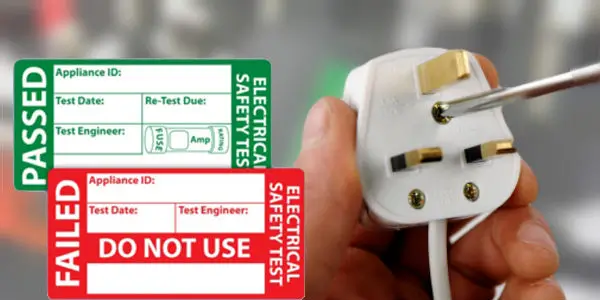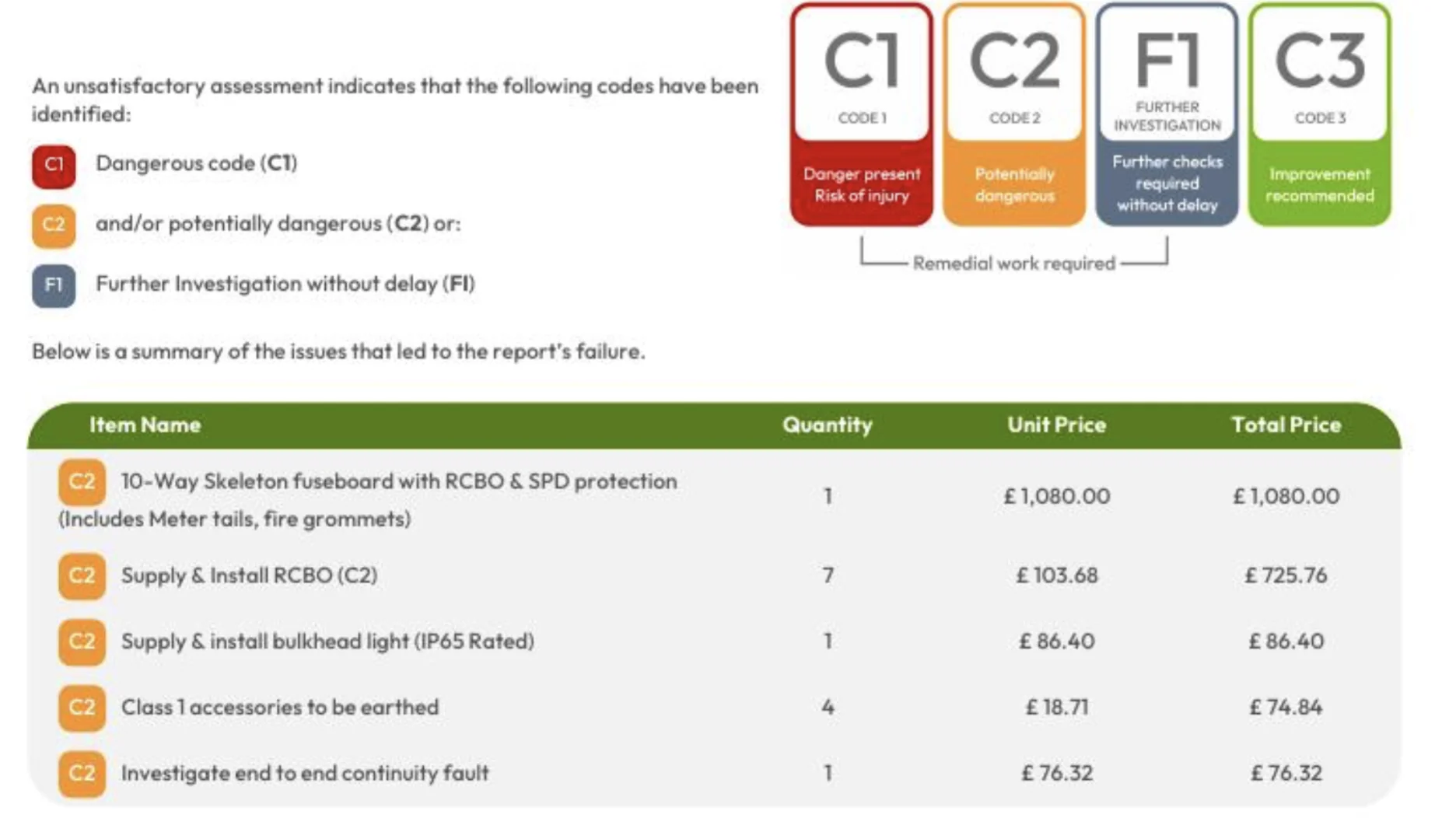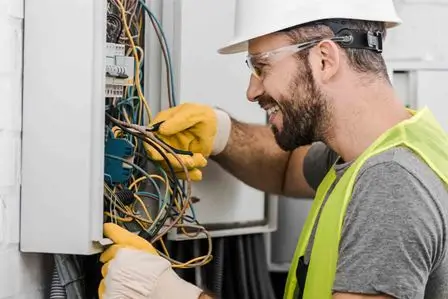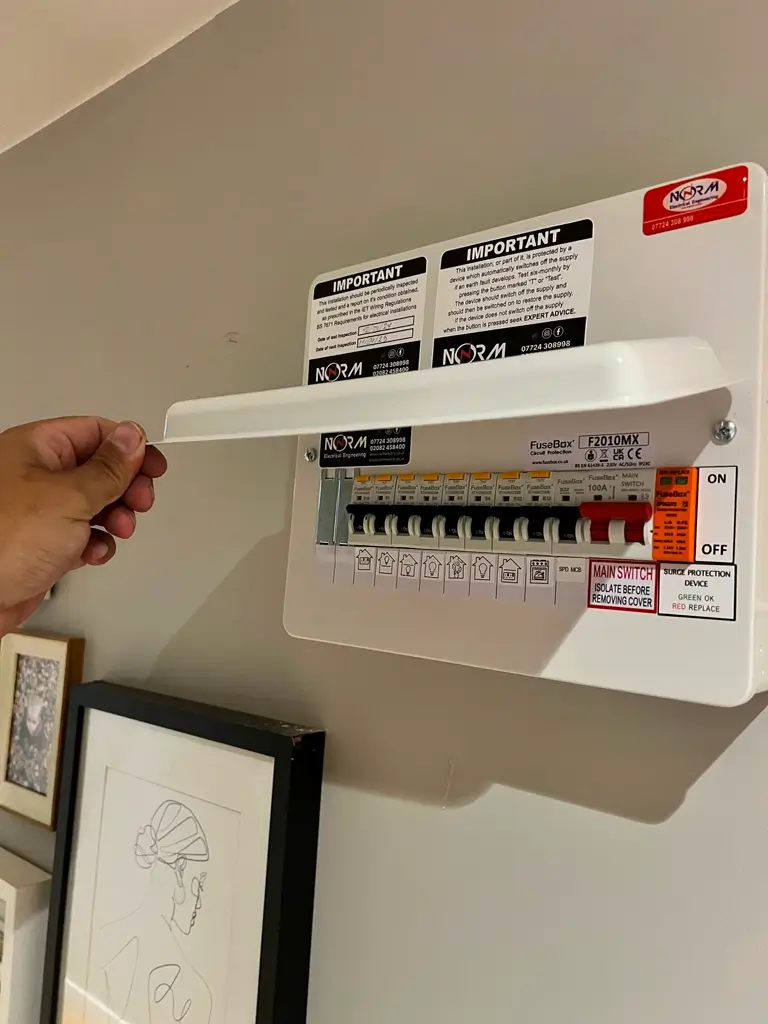Pat Test in London
Comprehensive Guide to PAT Testing in London: What You Need to Know for Safety and Compliance
Ensuring the safety of electrical appliances is critical in every environment—be it at home, in the workplace, or within a commercial setting. Portable Appliance Testing (PAT) is a fundamental procedure to ensure electrical appliances are safe to use. For properties and businesses across London, PAT testing is not just a recommendation but a legal necessity to avoid potential electrical hazards, which could result in fires, electric shocks, or other safety risks.
In this detailed guide, we will explore PAT testing in depth, including its importance, how the process works, who needs it, and why it is essential for safety. We’ll also discuss the legal requirements around PAT testing, offer advice on how to prepare for PAT testing, and help you understand how it fits into the broader framework of electrical safety. Whether you are a homeowner, landlord, or business owner in London, this guide will provide the comprehensive information you need to stay compliant and safe.
Table of Contents
What is PAT Testing?
Why is PAT Testing Important?
Who Needs PAT Testing?
The Legal Requirements for PAT Testing in the UK
How PAT Testing Works: The Process Explained
5.1 Visual Inspection
5.2 Testing with a PAT Tester
5.3 Labeling and Certification
PAT Testing Frequency: How Often Should You Test?
What to Expect During PAT Testing
Cost of PAT Testing in London
How to Choose a Reliable PAT Testing Provider
Norm Electrical Engineering: Experts in PAT Testing
Common Issues Detected During PAT Testing
Preparing for PAT Testing in Your London Property
Maintaining Electrical Safety: Post-PAT Testing Responsibilities
Conclusion: Why PAT Testing is Crucial for Safety and Compliance
1. What is PAT Testing?
Portable Appliance Testing (PAT) is a process of inspecting electrical appliances and equipment to ensure they are safe to use. The testing is conducted to ensure that all appliances are functioning properly, with no faults that could lead to electrical shock, fire, or other safety risks. It involves a combination of visual inspections and more detailed electrical tests to confirm that each appliance complies with safety regulations.
PAT testing includes testing devices such as:
Electrical plugs and sockets
Extension leads
Kitchen appliances
Office equipment like computers, printers, and photocopiers
Power tools and machinery in workplaces
PAT testing is typically performed by qualified electricians or PAT testing professionals.
2. Why is PAT Testing Important?
PAT testing is essential for a number of reasons, primarily relating to safety and compliance. The main reasons for PAT testing include:
Preventing Electrical Hazards: Faulty or poorly maintained electrical appliances can cause electrical fires, shocks, or other hazards.
Legal Compliance: In the UK, businesses and landlords are required by law to ensure that electrical appliances are safe to use, making PAT testing crucial for compliance.
Insurance Requirements: Some insurance policies require that businesses and landlords have their appliances tested regularly. Failure to do so may invalidate your insurance.
Workplace Safety: For businesses, ensuring the safety of employees and customers is paramount. PAT testing minimizes risks in the workplace.
Longevity of Appliances: Regular PAT testing can identify issues early, helping you maintain the longevity and functionality of your electrical appliances.
3. Who Needs PAT Testing?
While PAT testing is crucial for businesses, it is also important for landlords and homeowners. Here’s a breakdown of who needs PAT testing:
Businesses:
Employers have a legal duty to protect employees and customers. Regular PAT testing ensures electrical appliances used in the workplace are safe.
Office Spaces, retail shops, factories, and construction sites are all environments where electrical safety is critical.
Event Organisers: If you’re organizing events with temporary electrical setups, PAT testing is a must.
Landlords:
Landlords must ensure that appliances provided in rented properties are safe for tenants. Although PAT testing is not a legal requirement for residential landlords, it’s highly recommended for ensuring tenant safety and compliance with health and safety obligations.
Homeowners:
Homeowners may not have a legal obligation for PAT testing, but they should still consider periodic checks to ensure the safety of appliances, especially for older devices or when moving into a new property.
4. The Legal Requirements for PAT Testing in the UK
Under UK law, health and safety legislation requires employers and landlords to maintain a safe environment, including electrical appliances. The Health and Safety at Work Act 1974 mandates that employers and landlords ensure the safety of electrical installations. Though PAT testing isn’t a specific legal requirement for all, certain regulations specify that businesses must perform regular checks on electrical appliances.
The key legal requirements are:
The Health and Safety at Work Act (1974): Employers must ensure that electrical equipment is safe and maintained properly.
The Electricity at Work Regulations (1989): These regulations state that any electrical system in the workplace should be maintained to prevent danger.
The Management of Health and Safety at Work Regulations (1999): Employers must conduct risk assessments, which could include electrical safety and PAT testing.
For more detailed information on safety and compliance, visit the Health and Safety Executive (HSE).
5. How PAT Testing Works: The Process Explained
PAT testing involves several steps to ensure that an electrical appliance is safe to use. Here’s how the process typically works:
5.1 Visual Inspection
A qualified PAT tester will first visually inspect the appliance, checking for obvious signs of damage, wear, or faults. This can include checking for:
Damaged or frayed cables
Broken plugs or sockets
Missing or damaged fuse
Correct grounding of the appliance
Any visible burns or overheating
5.2 Testing with a PAT Tester
If the appliance passes the visual inspection, the tester will use a PAT testing machine to perform a series of electrical tests. These tests include:
Insulation resistance test: Ensures the appliance’s insulation is safe and capable of preventing electrical shock.
Earth continuity test: Checks that the appliance is properly grounded.
Polarity test: Ensures the live and neutral wires are correctly connected.
Functionality test: Verifies that the appliance is working properly and safe for use.
5.3 Labeling and Certification
Once the appliance passes the PAT test, it is usually labeled with a test date and pass/fail status. If an appliance fails the test, it is labeled as “failed” and will need to be repaired or replaced.
6. PAT Testing Frequency: How Often Should You Test?
The frequency of PAT testing depends on the type of appliance and the environment in which it is used. The following guidelines can help determine how often you should schedule PAT testing:
High-risk environments (e.g., construction sites): Every 6 months.
Offices and low-risk workplaces: Every 12 months.
Domestic appliances: Typically tested every 2-4 years, but it’s good practice to inspect appliances regularly.
7. What to Expect During PAT Testing
During PAT testing, a qualified professional will come to your property or business to inspect and test each appliance. The process usually takes only a few minutes per appliance. If an appliance fails the test, the technician will inform you and may advise on repairs or replacements.
8. Cost of PAT Testing in London
The cost of PAT testing can vary depending on the number of appliances being tested, the complexity of the property, and the service provider. On average, you can expect to pay:
Domestic properties: From £50 to £150 for a small number of appliances.
Businesses: Prices can range from £1 to £3 per appliance, depending on the volume and complexity of the test.
For a more accurate quote, contact Norm Electrical Engineering at 020 8245 8400 or 0772 430 8998 for a consultation.
9. How to Choose a Reliable PAT Testing Provider
Choosing the right PAT testing provider is critical to ensure that your appliances are tested correctly and comply with safety standards. Look for a provider that:
Is registered with an approved body such as NICEIC or ELECSA.
Offers transparent pricing and detailed reports.
Has qualified electricians with experience in PAT testing.
Provides ongoing support and can help with repairs if needed.
10. Norm Electrical Engineering: Experts in PAT Testing
At Norm Electrical Engineering, we specialize in PAT testing services for both residential and commercial properties across London. Our team of qualified electricians ensures that your appliances are safe to use and fully compliant with all relevant safety standards.
If you’re in need of PAT testing, contact Norm Electrical Engineering for reliable, professional service. Call us today at 020 8245 8400 or 0772 430 8998, or visit our website at www.normelectric.co.uk for more information.
11. Common Issues Detected During PAT Testing
Some common issues that are detected during PAT testing include:
Worn or frayed cables
Loose connections or damaged plugs
Faulty or missing fuses
Broken or damaged casings
Appliances not earthed properly
12. Preparing for PAT Testing in Your London Property
Before your PAT test, make sure to:
Clear the area: Ensure that the appliances are easily accessible for inspection.
Ensure appliances are powered: Appliances that need to be tested should be plugged in and ready for use.
Organize your appliances: If you have many appliances, creating a list or spreadsheet of items to be tested can save time.
13. Maintaining Electrical Safety: Post-PAT Testing Responsibilities
After the testing, ensure that:
Defective appliances are either repaired or replaced.
Record keeping: Retain records of the PAT tests for legal and insurance purposes.
Scheduled future testing: Set up a regular PAT testing schedule based on the frequency guidelines mentioned earlier.
14. Conclusion: Why PAT Testing is Crucial for Safety and Compliance
PAT testing is an essential procedure for ensuring the safety and compliance of electrical appliances. Whether you are a homeowner, landlord, or business owner in London, regular PAT testing is a crucial step in maintaining a safe environment. By following the guidelines and choosing a trusted service provider like Norm Electrical Engineering, you can rest assured that your electrical appliances meet the highest safety standards.
For more information on PAT testing or to book a service, call Norm Electrical Engineering at 020 8245 8400 or 0772 430 8998, or visit our website at www.normelectric.co.uk.










2 responses
This isn’t just writing; it’s a beautiful exploration of thought, full of insights that feel like small revelations.
Thank you deeply for your kind words. It means a lot to know the writing resonated with you on that level. Your reflection encourages us to keep creating with purpose and heart.